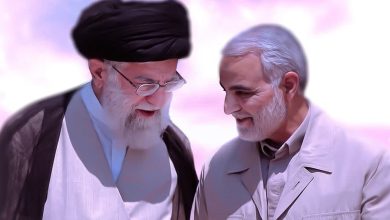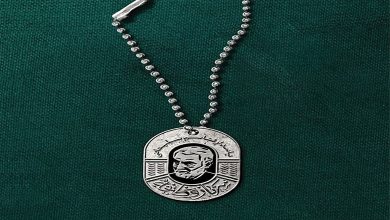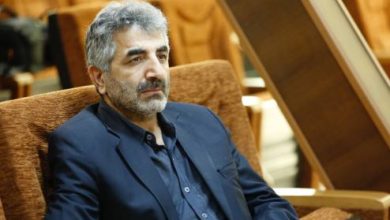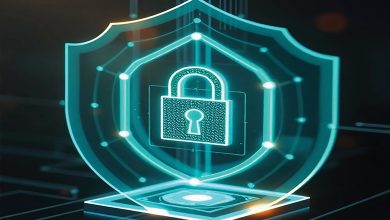Part Three: Diplomacy on the Ground – Soleimani’s Initiative in Engineering Fronts (Section Three)
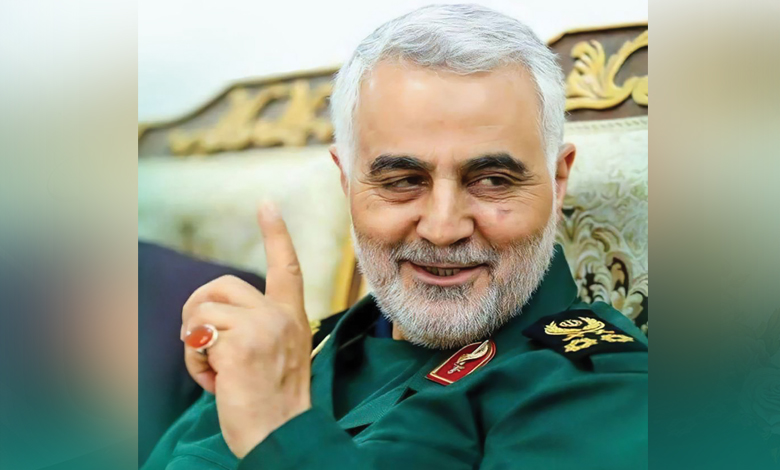
 Political Section
Political Section
Comparison with the Official Diplomatic Apparatus
While the Ministry of Foreign Affairs operates as the official body for pursuing Iran’s foreign interests, it sometimes faces challenges in achieving tangible results due to bureaucratic and political limitations. However, the late Soleimani, through his extensive network and direct interactions with regional leaders and forces, was able to implement Iran’s policies in an operational and effective manner. By being present on the ground and bypassing the usual obstacles of traditional diplomacy, he achieved outcomes that served both Iran’s national interests and the aspirations of the Islamic Ummah.
For example, his role in persuading Russia to enter the Syrian war against ISIS not only helped save Syria from external threats but also prevented the spread of insecurity to other countries in the region. His activities in Venezuela and support for resistance movements in Iraq and Gaza also reflect a broad vision that extended beyond Iran’s borders.
Symbol of Efficiency and Popular Acceptance
The widespread reception of Soleimani, both in Iran and across the region, testified to his deep impact on public opinion. This reception demonstrated that, contrary to claims of detachment from revolutionary values, the path of the martyrs and the principles of the Islamic Revolution remain alive among the people. As a symbol of efficiency and real progress, he offered a practical model in the face of critical perspectives that constantly complain about deficiencies.
Soleimani, by combining military strategy and diplomacy, played a more effective role than the official diplomatic apparatus in advancing Iran’s goals. By fostering unity among regional forces, strengthening the resistance axis, and standing firm against major challenges, he opened a new path in revolutionary diplomacy. His legacy remains not only on battlefields but also in diplomacy, serving as a model for future generations and demonstrating that real efficiency lies in action and steadfast adherence to principles.
Secret and Open Relations with Leaders of Various Groups and Parties
One of the most prominent features of Soleimani’s field diplomacy was his ability to maintain both secret and open relations with the leaders of various groups and parties, which played an unparalleled role in strengthening the resistance axis. These relations took place not only formally and publicly but also in informal, behind-the-scenes, and sometimes hidden contexts, progressing with great political intelligence and subtlety.
Soleimani understood that the structure of the resistance axis is diverse in ethnicity, religion, and politics, with each group having its own perspectives, interests, and sensitivities. Rather than trying to homogenize these groups, he adopted an approach based on acceptance of diversity and respect for differences. By establishing secret communication channels, he enabled direct dialogue with group leaders, where sensitive issues and hidden disagreements could be discussed honestly. These confidential relations provided a suitable basis for resolving conflicts, building mutual trust, and forming strategic consensus.
Alongside these secret interactions, Soleimani maintained open and public relations with political and military figures, which played a significant role in strengthening the resistance axis and conveying messages to public opinion and regional policymakers. This public presence had important psychological and political effects, reinforcing the position of the resistance axis in the regional arena and demonstrating that it was a coordinated and purposeful entity rather than a collection of fragmented forces.
In many cases, this balance between secret and open relations allowed Soleimani to establish dialogues and agreements that prevented tensions from escalating amid regional crises. Furthermore, this extensive communication network provided opportunities for coordinating field operations, exchanging strategic information, and creating unity against common enemies.
A key feature of these relationships was maintaining independence and mutual respect among groups, allowing each to feel free to operate and participate actively within the overarching goals of the resistance axis. This characteristic made Soleimani a trusted mediator and reliable leader, transforming the multiplicity of voices within the resistance into practical cohesion.
Soft Power in a Hard Field
“Soft power in a hard field” was a distinguishing feature of Soleimani’s field diplomacy, demonstrating a unique combination of military strength and political influence under complex regional conditions. While battlefields were full of violence, tension, and hard confrontation, Soleimani used his mastery of dialogue, interaction, and strategic thinking to employ soft power as a key tool for crisis management and opening new avenues in diplomacy.
This soft power was based on a deep understanding of the cultures, sensitivities, and social and political realities of the region. Soleimani knew that military force is only part of the equation and that achieving long-term goals requires the language of understanding and negotiation to reduce conflicts and misunderstandings and to pave the way for effective cooperation. In his conversations with group leaders and even adversaries, he used a gentle yet firm tone that ensured messages were communicated clearly and effectively.
Soleimani’s soft power was not limited to words; his behavior and demeanor in the field also conveyed messages of trust, respect, and sincerity. This human-centric approach, in a context dominated by war and hostility, helped create communication bridges that were sometimes more important than the battles themselves.
Through this method, he presented a different image of a military commander: one who, while authoritative, engages in dialogue and interaction, seeking problem-solving through understanding rather than mere pressure.



